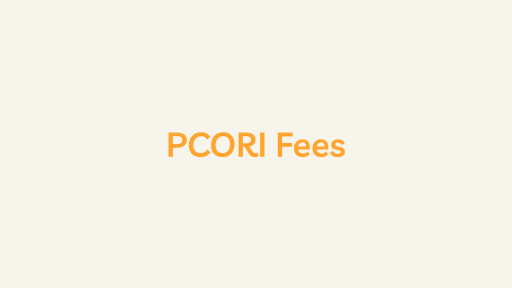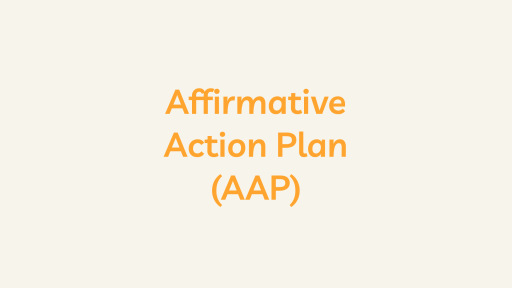Introduction
Payroll deduction refers to the process of withholding a portion of an employee’s wages or salary for specific purposes. These withholdings are typically predetermined and can include various items such as taxes, insurance premiums, retirement contributions, and other voluntary deductions. Payroll deduction is a systematic way to ensure that the necessary amounts are deducted from an employee’s earnings and allocated to the appropriate entities or accounts.
Here are key aspects of Payroll Deduction
1. Types of Payroll Deductions:
a. Taxes:
- Federal, state, and local income taxes are commonly withheld from an employee’s paycheck. Social Security and Medicare taxes (FICA taxes) are also standard deductions.
b. Insurance Premiums:
- Employees may have deductions for health insurance, dental insurance, vision insurance, life insurance, and other types of insurance coverage.
c. Retirement Contributions:
- Employees contributing to retirement plans, such as 401(k) or pension plans, may have deductions for their contributions.
d. Loan Repayments:
- Payroll deductions may include repayments for loans provided by the employer, such as educational loans or advances.
e. Union Dues:
- Employees who are members of a labor union may have union dues deducted from their paychecks.
f. Other Voluntary Deductions:
- Employees can voluntarily choose to have deductions for items such as charitable contributions, savings plans, or other benefit programs.
2. Legal and Regulatory Compliance of Payroll Deduction:
- When implementing payroll deductions, employers must comply with federal, state, and local laws. This includes tax regulations, minimum wage laws, and other labor laws that govern wage deductions.
3. Payroll Deduction Calculation and Recordkeeping:
- Payroll deductions are calculated based on the employee’s earnings, tax withholding status, and the specific rates or amounts associated with each deduction category. Employers must maintain accurate records of these deductions for payroll and tax purposes.
4. Employee Consent:
- Employees often provide explicit consent for certain voluntary deductions, such as insurance premiums or contributions to retirement plans. Employers typically establish procedures for obtaining this consent.
5. Communication:
- Employers are responsible for clearly communicating to employees the various deductions that will be taken from their paychecks. This information is often outlined in pay stubs detailing earnings, deductions, and net pay.
6. Frequency of Deductions:
- Payroll deductions are usually made with each pay period. However, the frequency may vary depending on the type of deduction. For example, taxes are often deducted with each paycheck, while some voluntary deductions may be made monthly or annually.
7. Payroll Deduction Changes and Adjustments:
- Employees may need to update their payroll deduction preferences due to life events or changes in financial circumstances. Employers typically have procedures in place for employees to make these adjustments.
8. Employee Benefits:
- Payroll deductions often contribute to employee benefits, such as health insurance coverage, retirement savings, and other programs. These deductions can enhance the overall compensation package offered by employers.
Conclusion
In summary, payroll deduction is a systematic process used by employers to withhold specific amounts from employees’ paychecks for various purposes. It plays a crucial role in ensuring compliance with tax and regulatory requirements, facilitating employee benefits, and supporting financial planning for both employers and employees.





